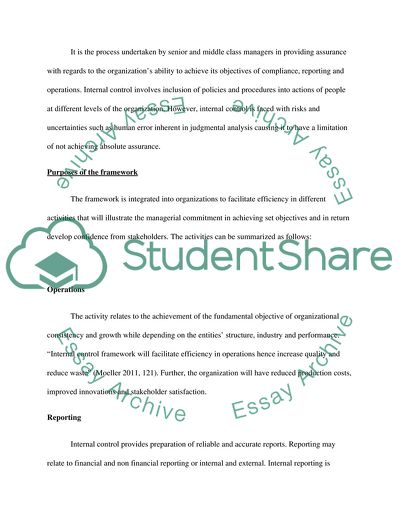Cite this document
(A review of some key audit and risk management concepts/a critical Essay, n.d.)
A review of some key audit and risk management concepts/a critical Essay. https://studentshare.org/finance-accounting/1835047-a-review-of-some-key-audit-and-risk-management-conceptsa-critical-overview-of-auditing-software-idea
A review of some key audit and risk management concepts/a critical Essay. https://studentshare.org/finance-accounting/1835047-a-review-of-some-key-audit-and-risk-management-conceptsa-critical-overview-of-auditing-software-idea
(A Review of Some Key Audit and Risk Management concepts/A Critical Essay)
A Review of Some Key Audit and Risk Management concepts/A Critical Essay. https://studentshare.org/finance-accounting/1835047-a-review-of-some-key-audit-and-risk-management-conceptsa-critical-overview-of-auditing-software-idea.
A Review of Some Key Audit and Risk Management concepts/A Critical Essay. https://studentshare.org/finance-accounting/1835047-a-review-of-some-key-audit-and-risk-management-conceptsa-critical-overview-of-auditing-software-idea.
“A Review of Some Key Audit and Risk Management concepts/A Critical Essay”. https://studentshare.org/finance-accounting/1835047-a-review-of-some-key-audit-and-risk-management-conceptsa-critical-overview-of-auditing-software-idea.


